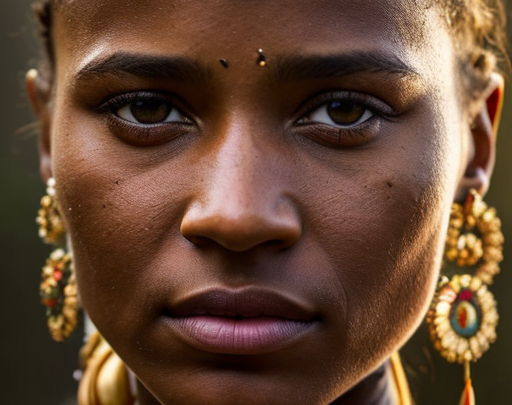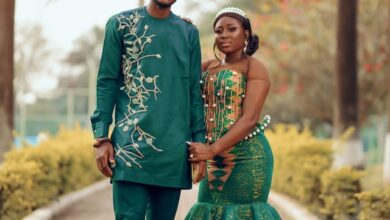Slavery and Slave Trade in Africa: Dahomey Amazons In The Slave Trade

Trade in Slaves Pre-colonial Africa’s African Empires that participated in the Transatlantic Slave Trade were the West African Kingdoms of Dahomey and Benin.
The film The Woman King portrays the Dahomey Amazons’ role in the slave trade on behalf of the African Slave Trading Kingdom of Dahomey.
The activities of African Slave Trading African Kingdoms like Dahomey, which used warriors to capture slaves as shown by the Dahomey Amazons in The Woman King who assisted in Dahomey’s Slave Trade, are thought to have sent close to 11 million Africans from the African Continent to the New World.
Also Read: How Africans Were Lured into the First Slave Ship’ Jesus of Lubeck
How Africans Were Lured into the First Slave Ship’ Jesus of Lubeck
The History and Evolution of the African Slave Trade
When European settlers arrived in Africa in the fifteenth century, they discovered that strong African states with advanced political, military, and economic structures already ruled the continent’s interior.
From the African interior to the coast, these African states possessed complete authority.
For example, local Chiefs with prior control over the region were consulted and agreed upon before Slave Forts, such as the notorious Elmina Castle, could be built.
Thus, European connections and relationships with African rulers were essential to the Transatlantic Slave Trade’s success.
Because of this, Europeans were unable to operate independently of these powerful African nations, like Dahomey, which was shown in The Woman King.
Furthermore, Europeans were restricted to the coastal regions where the slave forts were situated; they did not independently hunt and seize slaves from the interior of Africa.
They continued to be reliant on African Kings and Traders who would kidnap Slaves in the interior of Africa and bring them to Coastal Slave Forts, where they would be bought by Europeans and held until they were transported to South America.
Also Read: The Slave Trade in Africa: The Atlantic Slave Trade
Why the Slave Trade Involved Africans
African society was not united under a single African identity throughout the Slave Trade, which explains why Africans brought other Africans into slavery, as demonstrated by the Dahomey Amazons in The Woman King.
Furthermore, as slavery had already been practiced in Africa when European settlers arrived, it was not entirely alien.
African society regarded captives and prisoners of war, for example, as slaves during conflicts between African kingdoms like the Asante and Fante.
The Woman King portrays the Dahomey Amazons’ involvement in the Slave Trade as evidence that Africans were drawn to European consumer goods like Whiskey, which they traded for slaves.
But even while the Transatlantic Slave Trade significantly raised the demand for slaves, it did not bring slavery to Africa.
African kingdoms like the Ashanti and Dahomey, as shown in The Woman King, used the Dahomey Amazons to fight wars in order to seize more slaves. As a result of their participation in the slave trade, these kingdoms amassed immense riches and power.
The Woman King also addresses the unrest and instability that the African nations that competed with one another for slaves caused.
Also Read: The History Of Africa Before Colonization
Conclusion on Dahomey Amazons & The Woman King
In the end, as The Woman King accurately illustrates, it does not seem imaginable that the Transatlantic Slave Trade would have occurred on such a huge scale without the cooperation of the strong African Nations, like the Dahomey Amazons of Benin, who ruled the African interior.
Therefore, when examining the history of the transatlantic slave trade, it is also critical to recognize the role that Africans played in the trade.
To attribute the transatlantic slave trade to Europeans would be to deny not only the involvement of Africans in the trade, but also the fact that powerful African states like Dahomey and its Amazons were unable to stop the slave trade.
In situations where the historical development and strength of pre-colonial African states at the time of European arrival shows that this was not possible due to Africans’ absolute dominance over the interior of Africa.
The Woman King demonstrates how the slave trade practices of the Dahomey Amazons and other African nations led to anarchy and the eventual weakening of African states, which made room for the introduction of Christian missionaries and colonialism.
Beta feature





